Immersed in controversy, clandestine affairs, and suspense, the tale of Mary, Queen of Scots, grips the imagination with its cold intensity. Prepare yourself to traverse through the speckled episodes of her stormy reign, examining the perilous conspiracies that guided her to a sorrowful demise. Her narrative, interwoven with political scheming and power conflicts, is most arresting in its final act, where dignity in the face of adversity shines. Keen to understand the circumstances of her passing and the events leading up to the final act? Remain patient, for there is a wealth of information still to be revealed.
Mary’s Early Life and Ascension
Born into a lineage of royalty, Mary, Queen of Scots, rose to the Scottish throne at the mere age of six days, succeeding her father, James V. This swift transition into power, while still in her infancy, profoundly influenced her royal upbringing. Her childhood was far from ordinary.
Much of her developmental years were spent in France, distanced from her birthplace. This was a calculated decision to ensure her protection, and it also created opportunities for fostering vital alliances. During her stay in France, she wed Francis II, at sixteen, who later reigned as the king of France. This marriage to the French king enhanced her political stature, yet it also meant she was perpetually negotiating a delicate balance between two mighty nations.
Her claim to the English crown, courtesy of her Tudor ancestry, further escalated the political unrest. This battle for supremacy was a recurring theme throughout her existence, a reflection of the complex and often perilous royal politics she was compelled to navigate. Regardless of the obstacles, Mary’s spirit stayed indomitable, a symbol for those aspiring for liberty. Her life, it is clear, was far from ordinary.
The Controversial Reign
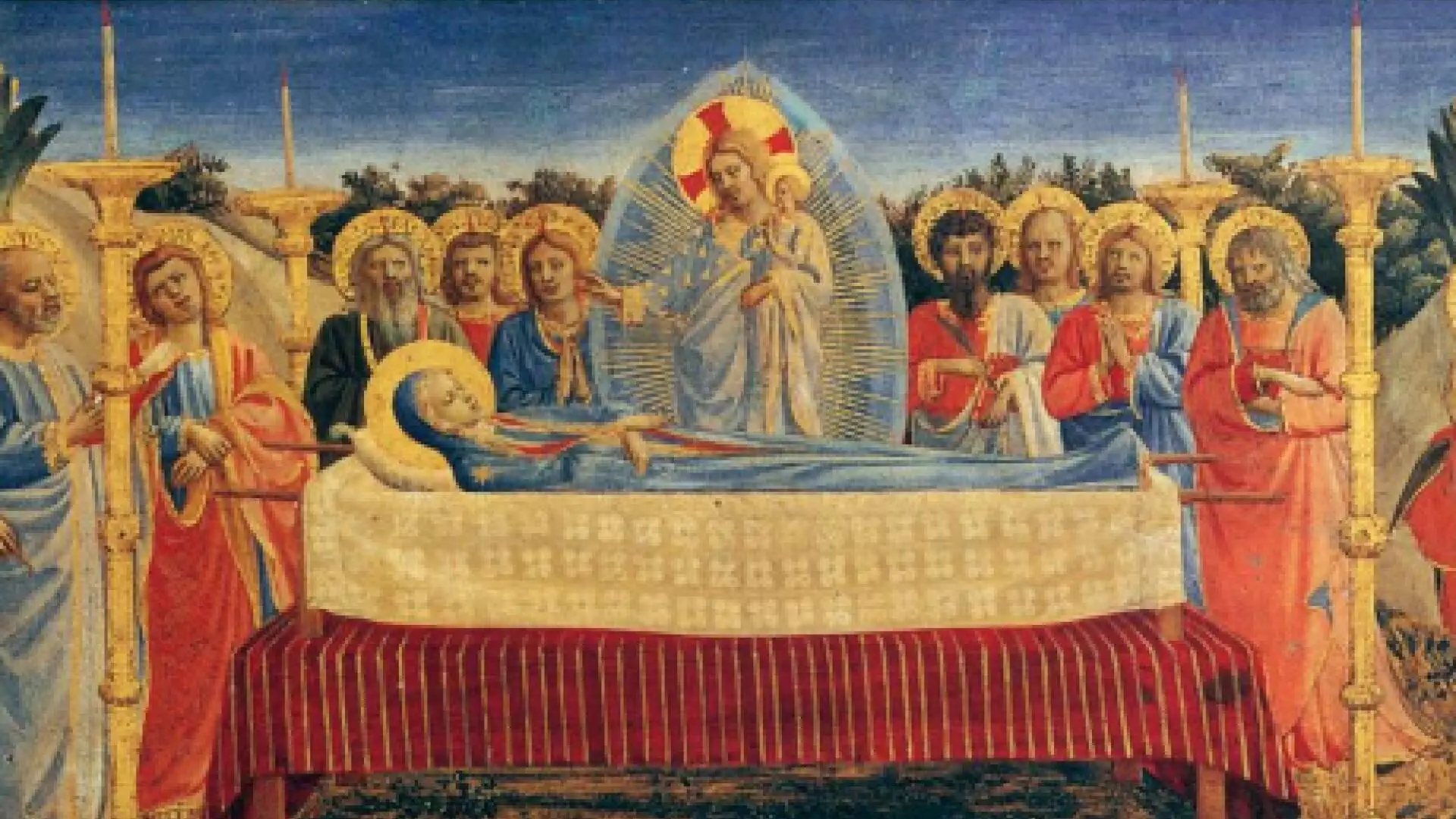
Mary’s early years and subsequent ascension to the throne set the stage for her rule. Her reign as the Queen of Scots was fraught with drama, characterized by tumultuous marriages, political machinations, and competing claims to the English throne. It’s crucial to view the controversy of her reign not solely as a result of her deeds but also as a reflection of the chaotic era she lived in.
Her rule was rife with political scheming, most notably her participation in the notorious Babington Plot against Queen Elizabeth I. Her role in this plot led to her trial and eventual execution, a critical event in her contentious reign.
Charged with treason, she was tried by a court of nobles, resulting in her death sentence in October 1586. Despite expressing reservations and reluctance, Elizabeth I approved Mary’s execution order. Consequently, Mary was executed at Fotheringhay Castle in 1587, signifying the termination of her rule.
The repercussions of Mary’s rule and execution continue to echo through the annals of history. The execution of a queen symbolizes the conclusion of a convoluted political narrative. The controversy surrounding her rule and the enduring legacy it has left are indicative of the turbulent era and the struggle for sovereignty.
Political Intrigues and Imprisonment
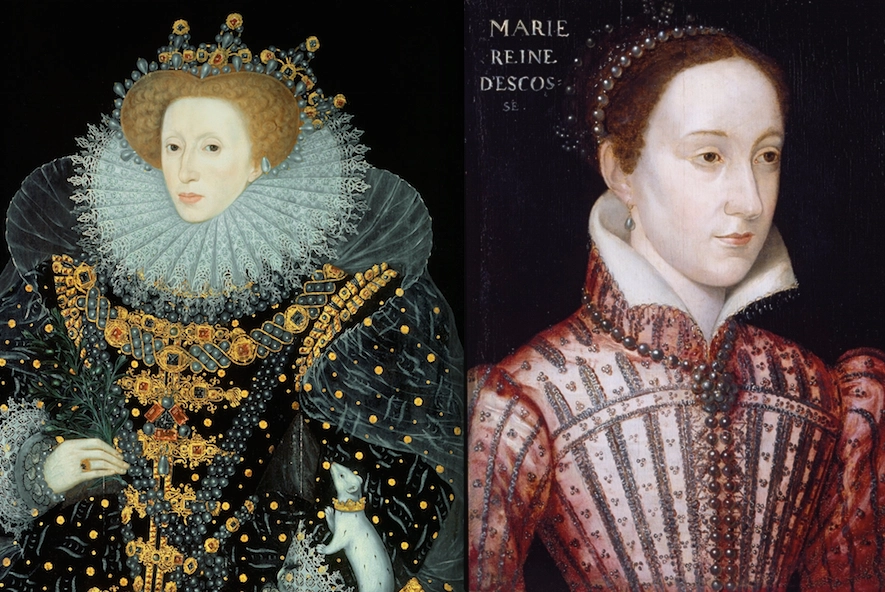
Mary, Queen of Scots, was held captive for 18 enduring years within the confines of England’s prisons. This extended period of captivity was marked by political machinations, accusations of treason against Queen Elizabeth I, and multiple unsuccessful attempts to escape. Mary’s confinement was a perpetual cycle of mutable alliances, strategic trickery, and desperate measures to survive.
Let’s navigate this labyrinth of deceit:
- The Prisons: Despite her regal lineage, Mary was incarcerated in a series of castles and manors. These opulent confines reflected the volatile political environment and the looming threat she represented to Elizabeth’s reign.
- The Allegations: Mary was incessantly accused of treason. Suspicions about her participation in schemes like the Babington Plot kept her under relentless surveillance.
- The Failed Escapes: Mary’s thirst for liberty led her to plan several escapes. Each unsuccessful attempt only intensified the clouds of suspicion hovering over her.
- The Trial: All these factors led to her trial, a grand display of political maneuvering that concluded with her conviction and subsequent execution at Fotheringhay Castle in 1587.
In this drama of political deceit, Mary, Queen of Scots, was both an active participant and a victim. Her story serves as a poignant reminder of the value of freedom and the price of political aspirations.
The Plot Against Elizabeth I

During her captivity, Mary, Queen of Scots, found herself embroiled in numerous perilous schemes aimed at usurping her cousin, Elizabeth I. The most infamous of these was the Babington Plot. This scheme, a tangled mesh of political machinations and religious strife, sought to topple Elizabeth and install Mary in her place, thereby reinstating Catholicism in England.
A closer examination of the plot reveals Anthony Babington, a zealous Catholic and advocate for Mary’s right to the English throne, as its architect. The plot’s successful execution relied on a complicated strategy involving the Spanish Armada, a foreign invasion, and the assassination of Elizabeth. This serves as a reflection of the unstable period, where religious disputes could ignite political disorder.
However, the plot was destined to fail from the outset. Elizabeth’s chief intelligence officer, Sir Francis Walsingham, obtained letters that implicated Mary. Despite initial reluctance, Elizabeth signed the death warrant for Mary in 1587, the heartbreaking result of familial treachery and a monarch’s struggle for survival. The Babington Plot, therefore, signified the commencement of Mary’s downfall, a queen ensnared in a trap of her creation.
Trial and Sentence: The Final Verdict
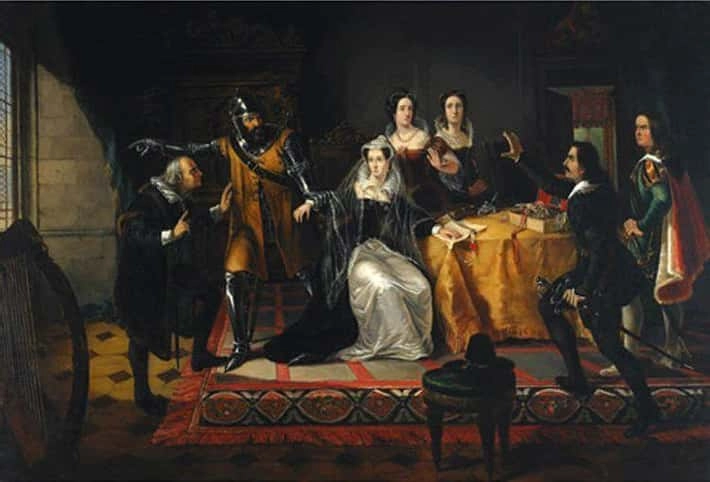
In the wake of the Babington Plot’s collapse, Mary, Queen of Scots, was summoned to face charges of treason. Her trial was held in October 1586 before a tribunal of 38 noblemen, signifying the commencement of her impending downfall, a fate that had been subtly simmering amidst political subterfuge and incessant confinement. The trial process was thorough, and Mary, despite her fervent pleas of innocence, was adjudged guilty. The severe legal repercussions awaiting her were then revealed: the sentence was death.
Capture this image in your mind:
- A grand, intimidating courtroom filled with palpable tension, where the destiny of a queen is precariously hanging.
- The 38 noblemen, stern and resolute, their judgment firm and their faces creased with staunch determination.
- Mary, maintaining her royal defiance till the end, passionately asserting her innocence.
- The death sentence, a dread-inspiring decree that resonated in the silent courtroom, deciding Mary’s destiny.
This judgment was a pinnacle of political schemes, a death toll marking the close of Mary’s tumultuous reign. Her last day was spent authoring farewell letters, a silent preface to the grim conclusion at Fotheringhay Castle. The yearning for liberty, once a remote dream, solidified into a harsh, undeniable reality.
The Execution of Mary, Queen of Scots
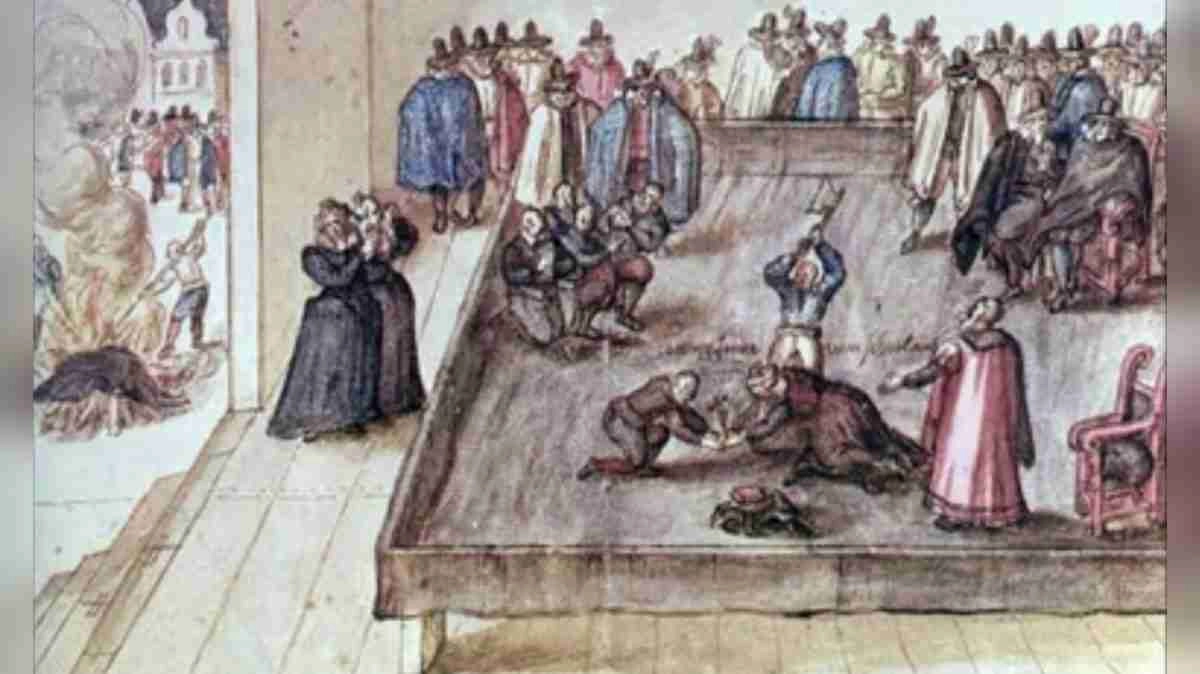
On the chilling morning of February 8, 1587, the majestic presence of Fotheringhay Castle was tainted by a grave happening – the execution of Mary, Queen of Scots. This dreadful spectacle took place on a scaffold within the castle’s grand hall. Mary, draped in a black veil, confronted her destiny with a grace that demanded reverence.
The specifics of the execution, as disputed as they are riveting, disclose more than simply the termination of a queen’s existence. The executioner’s initial blow failed to hit its intended target, necessitating a follow-up, more precise strike. This mishandled execution augmented the terrible nature of the event, sparking debates and discussions that have endured for centuries.
Following the event, objects stained with Mary’s blood were incinerated, a symbolic gesture to signify the intent to obliterate all remnants of her contentious reign. Subsequently, her body was interred at Westminster Abbey, a site suitable for her royal stature.
The historic importance of Mary’s execution is incalculable. It signified the cessation of one period and the commencement of another, irreversibly altering the trajectory of British history. Its lasting influence, a complicated amalgam of sorrow and victory, continues to fascinate historians and captivate the interest of many to this day.
Remembering Mary: Her Enduring Legacy
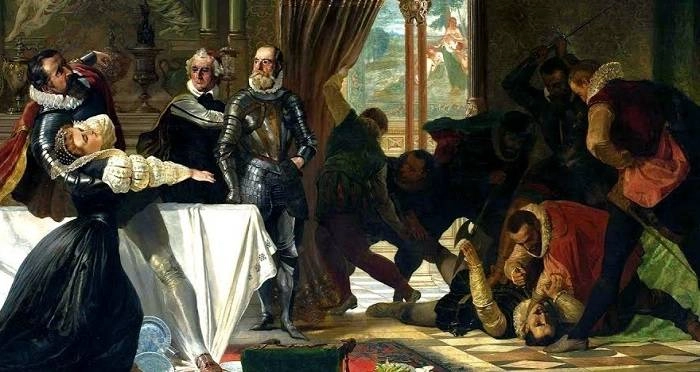
Even with the harsh circumstances of her death, Mary, Queen of Scots, has left a deep-rooted legacy that echoes in the chambers of English history. The impact of her unfortunate demise can still be perceived in today’s political milieu.
- The final letters penned by Mary, marked by a serene dignity, have become a significant part of her legacy. They bear witness to her fortitude and tenacity in the shadow of death.
- The contentious decision to put her to death continues to fuel arguments. Many believe that her execution was a testament to her beliefs, reflecting her longing for liberty.
- The tumultuous nature of Mary’s reign is another facet of her deep-seated legacy. Amidst the turmoil, she stood resolute, her resolve unwavering.
- The intricate relationships Mary nurtured during her reign, especially with Queen Elizabeth I, lend more richness to her narrative, portraying a queen entrapped in the battlefield of power and politics.
In memory of Mary, one cannot forget her bravery, strength, and the serene dignity she held onto until her final moment. Her story, woven with tragedy and controversy, continues to captivate and motivate, underlining the enduring influence of her legacy on history.

